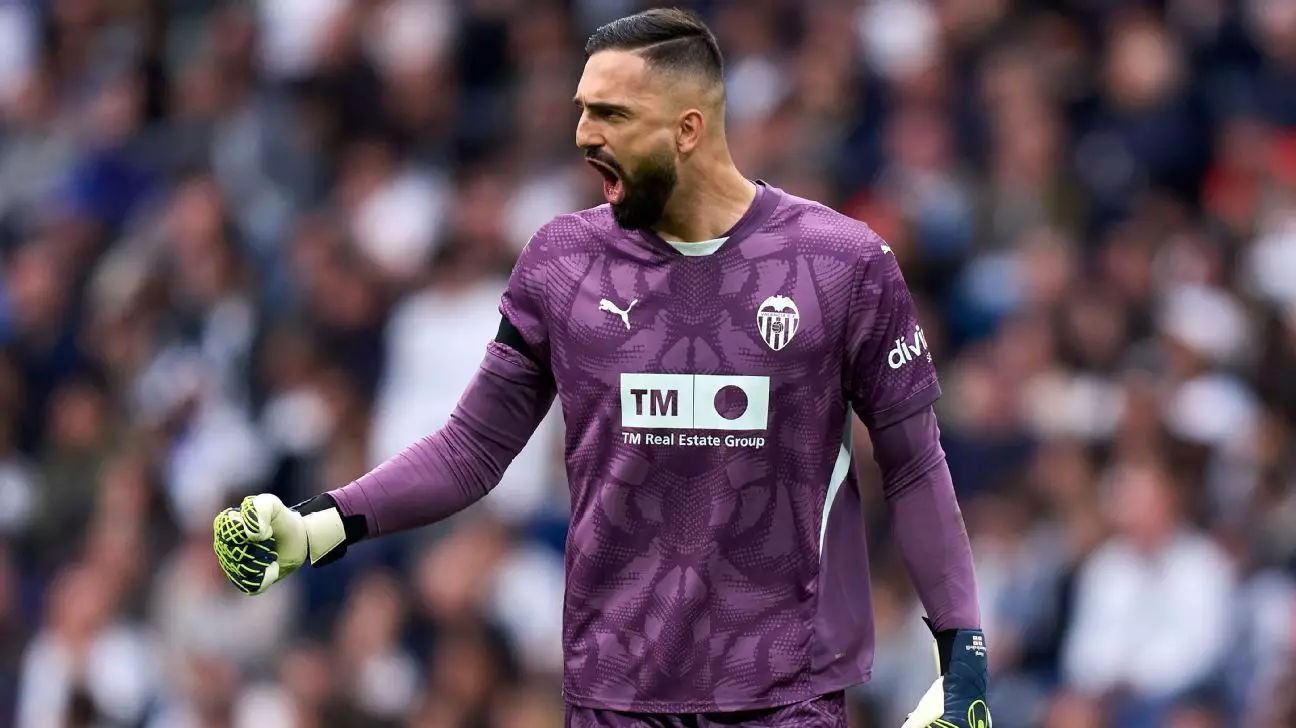The summer transfer window of 2025 is poised to be a defining moment in football, ushering in not just player movements but also strategic club maneuvers influenced profoundly by the FIFA Club World Cup. Traditionally, the transfer window is a bustling time filled with excitement and speculation, but the impending World Cup introduces an element that disrupts conventional timelines. With the first matches kicking off on June 15, clubs preparing for the tournament will need to navigate an altered landscape, impacting their recruitment strategies significantly.
FIFA’s alteration of the registration timelines allows clubs participating in the World Cup to apply for a supplemental registration period from June 1 to June 10. This decision, though optional, plays a pivotal role in how clubs will manage their squads during this transitional phase. The extended period for registration is an innovative approach that acknowledges the need for flexibility amidst a demanding tournament schedule. It opens the door for new signings to adapt quickly and integrate into teams that are gearing up for international competition.
Changes in Europe’s Transfer Window Framework
The typical July 1 opening date for many European leagues takes on new implications in 2025. Not only will clubs have to adhere to the additional early window, but they will also face the challenge of balancing their ambitions with the realities of squad management amid the World Cup pressures. The closer of the window, now set for September 1, aligns with the consensus of the top five European leagues but requires clubs to be agile in their decision-making.
This year’s window is distinctive. Players can still be signed as free agents post-deadline, allowing for flexibility to fill gaps should injuries arise during the World Cup. Clubs will certainly have to plan with foresight, knowing they might need to make quick, reactive decisions as events unfold in the tournament.
A Unique Calendar Across Competitions
As different leagues adopt their timelines, the nuances of each league’s regulations become apparent. While the Premier League has set its closure at 11 p.m. BST on September 1, LaLiga, Serie A, and Bundesliga have similarly aligned their transfer windows to close on that date, but with slight variations in their opening times. This synchronization reflects a broader trend in European football, where clubs are increasingly interconnected in their dealings, yet it also creates distinct advantages and challenges for clubs in different leagues.
For instance, both Atlético Madrid and Real Madrid will be scrutinizing their transfer decisions as they participate in the Club World Cup, while the Serie A giants, Internazionale and Juventus, aim to balance their squad depth ahead of competitive international fixtures. The implications are that clubs not participating in the World Cup could benefit from an earlier-than-usual opportunity to secure players who might otherwise be focused on their national teams.
Implications for Major Players
The focus on elite clubs, especially those like Chelsea and Manchester City, underscores the competitive nature of the transfer market. With their involvement in the Club World Cup, these clubs will have to acclimatize new signings to their tactical frameworks in a condensed timeline. This urgency can lead to a frenzied activity in the market, compelling rival clubs to strategize innovative ways to enhance their squads effectively before the window settles into its usual cadence.
As we observe this shifting landscape, it’s essential to consider how financial capabilities will dictate the movement of players. With the economic implications of the global pandemic still lingering, not every club will have the luxury to engage in high-stakes transfer battles. Thus, clubs will have to be shrewd guardians of their resources, maximizing scouting efforts and leveraging data analytics to identify undervalued talents, particularly players who might slip under the radar while larger clubs are preoccupied.
The Rising Importance of Global Partnerships
In the era of digital communication, the landscape of football transfers has evolved beyond geographical borders. The opportunities for international agreements continue to expand, allowing clubs to execute complex negotiations even when transfer windows reach their limits. This dynamic will be tested in 2025, as clubs strategize around blending local talents with internationally-sourced players without compromising compliance with their respective league rules.
The emergence of data-driven insights could very well define the transactions of this window. Clubs leveraging analytics will stand to gain the most, as they seek to identify not only immediate hits but sustainable players who can adapt to the evolving nature of their leagues and international play.
As the summer transfer window approaches, the intrigue surrounding every potential move grows. The challenges posed by the World Cup offer an unprecedented backdrop, and clubs that embrace innovation and agility may emerge as the real winners in this converted landscape. Moving forward, the summer of 2025 could define the trajectories of many teams and their aspirations in the global football arena, ensuring that the stakes are higher than ever before.

Leave a Reply